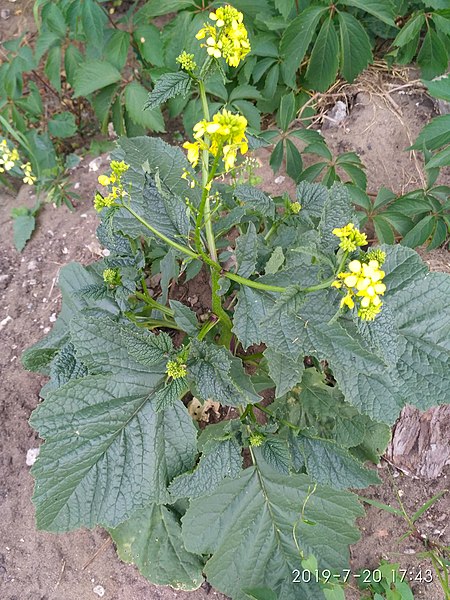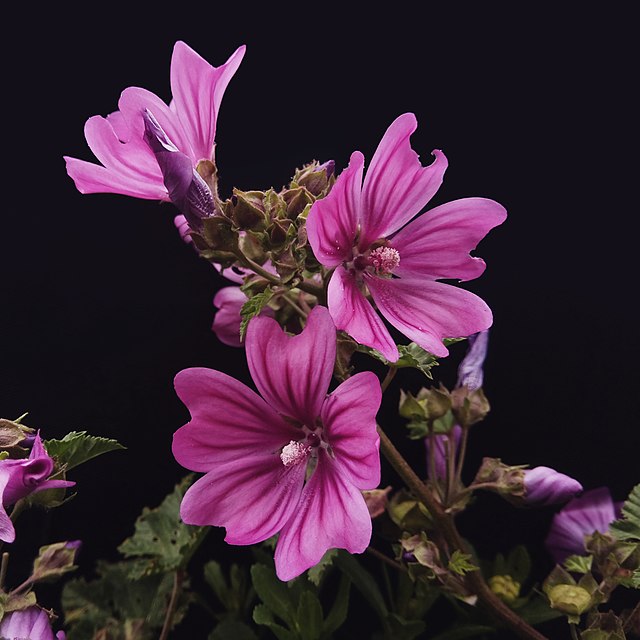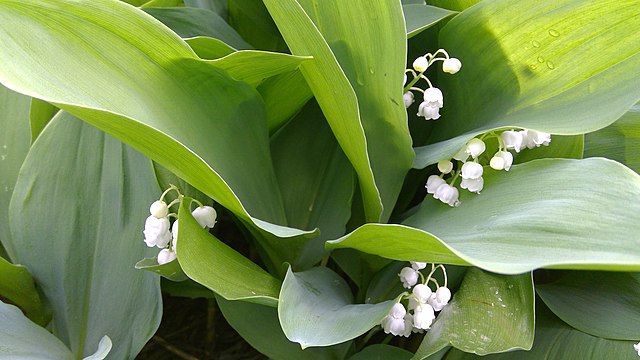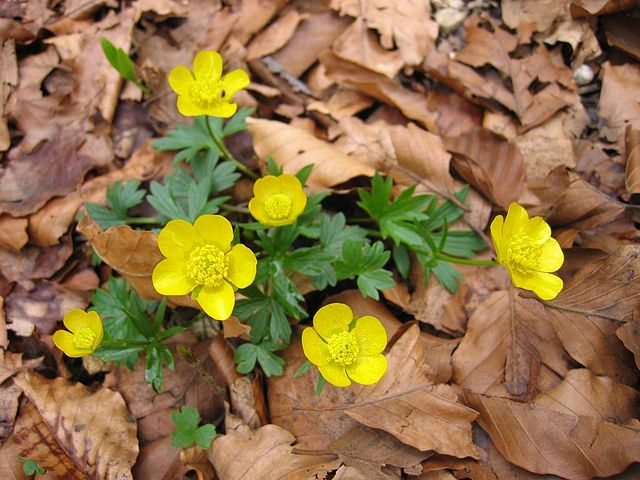Wild Mustards / Spring / Summer / Edible Wild Mustard can come in many shapes and sizes, there are a couple of different kinds but they all share similar characteristics. You get to a point where you walk past something and say to yourself “well I don’t know exactly what…
Journal

Heather / All Year / Edible Common Names Heather/Ling Heather/Scotch Heather Latin Name: Calluna vulgaris, Erica tetralix, E. caerulea – Ericaceae Harvest Season: Best to collect fresh, young (not too woody) flowering tops (leaves and flowers) when the flowers have just bloomed – usually July – October, depending on the…
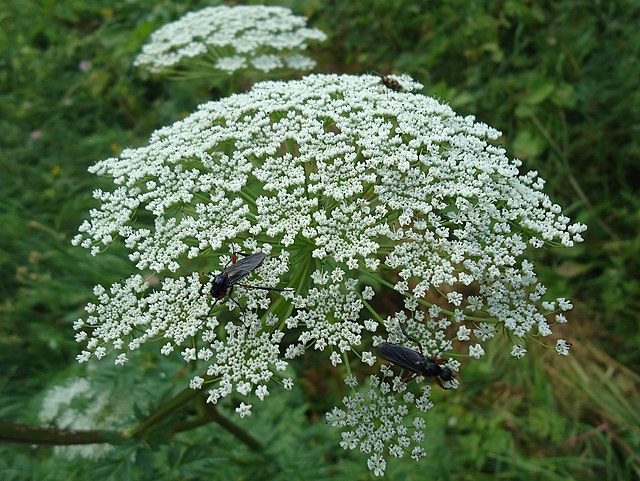
Fools Parsley / Spring / Summer / Toxic A toxic member of the carrot family, it’s closely related to Hemlock (Conium maculatum) but is not as poisonous. Common Names Fools Parsley, Fool’s Cicely, or Poison Parsley Botanical Name Aethusa cynapium Scientific Classification Kingdom – Plantae Order – Apiales Family –…

Water Mint / Spring / Summer / Autumn / Edible A fairly common, perennial member of the mentha family, it can be found near water or in damp woodlands. Common Names Water Mint Botanical Name Mentha aquatica Scientific Classification Kingdom – Plantae Order – Lamiales Family – Lamiaceae Physical Characteristics…
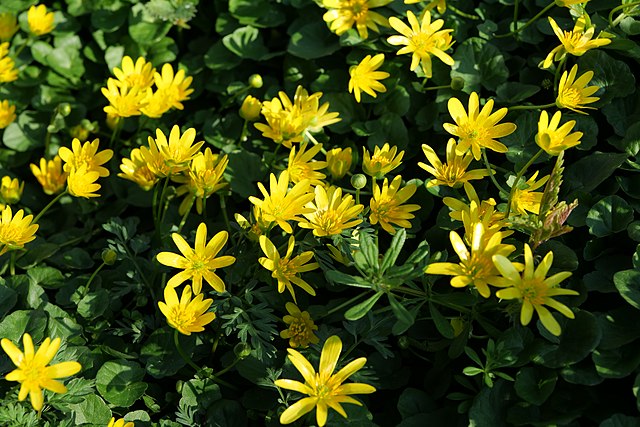
Lesser Celandine / Spring / Summer / Edible A very common, woodland plant, one of the first plants to flower in spring. Common Names Lesser Celandine, Spring Messenger, Pilewort Botanical Name Ficaria verna formally Ranunculus ficaria Scientific Classification Kingdom – Plantae Order – Ranunculales Family – Ranunculaceae Physical Characteristics for…
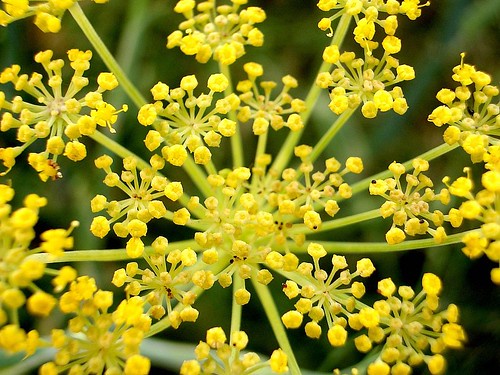
Wild Fennel / Spring / Summer / Autumn / Edible Latin Name: Foeniculum vulgare Physical Characteristics: A tall umbellifer that can grow to 1.5-2m tall in favourable conditions. Leaves The leaves, which begin sheathed, are very finely branched and appear feathery. They have a strong aniseed smell when crushed Flowers…
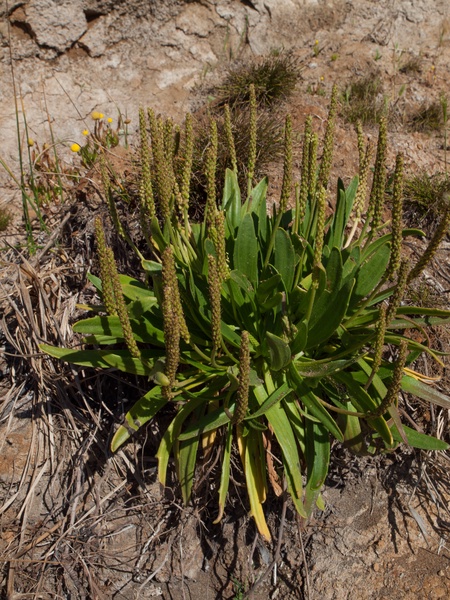
Sea Plantain / Spring / Summer / Autumn / Edible Common Names Coastal Plantain, Plantain by the Sea, Goose tongue Botanical Name Plantago maritima subsp. maritima (there are several subspecies, differentiated by their geographical distributions). Scientific Classification Kingdom – Plantae Order –Lamiales Family – Plantaginaceae Physical Characteristics Looking a bit…



